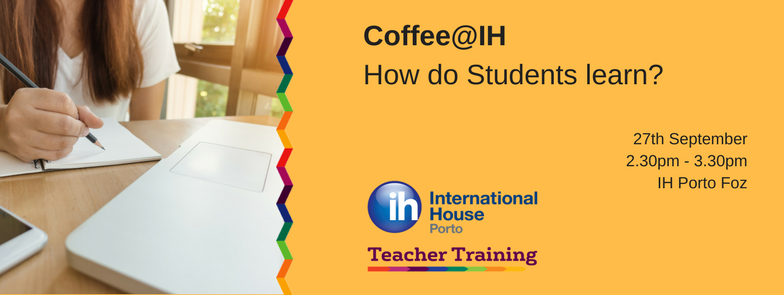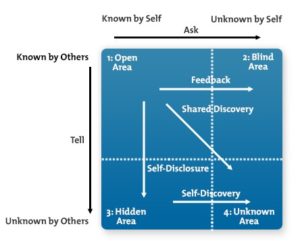The following post was written as a summary of the session with the same name which took place at IH Portugal's training day, led by Diana England from IH Torres Vedras.
A very interesting session with some practical ideas on how to incorporate 21st century skills, such as: critical thinking, creativity, collaboration and communication, in the classroom. A reflection on our role as teachers, and how we can prepare students for the constant challenges that they will face as part of the workforce.
The session began with some brainstorming. It was agreed that the skills referred to are not exclusive of the 21st century, but rather, need to be adapted to it.
Diana focused on the 4 skills above, to which she referred to as the “4Cs”
- CRITICAL THINKING
- CREATIVITY
- COLLABORATION
- COMMUNICATION
She then went on to suggest ways in which we can promote these skills by doing different tasks.
The first example given focused on a reading task, but would certainly help to improve not only critical thinking, but also communication and collaboration, because of the interaction between students.
Using a text appropriate for the level taught, she created seven questions, which she handed out to us (working in pairs). Some examples of these questions were: “What is the purpose of education?”, “How are English language teachers letting their students down?” , etc. The pairs’ first task was to discuss these questions and think about their answers. ( full text on last page ). After this, we were given slips of paper with the actual answers, and we had to place them under the correct question. This second task was very simple, since we had already discussed them extensively. The presenter suggested using this activity as an introduction, for example, for multiple-matching.
The activity can be very useful, by promoting communication and collaborative tasks between the students, but also because once they get to the actual reading task, they’ve already discussed and read the text, so any further activity is then much simpler. What I do think that should be taken into account is that not all texts might lend themselves to this kind of task. Questions must be created carefully and the students should be able to have an opinion or at least speculate about the answer. I tried a similar exercise with a CAE group, and it worked perfectly, because they really spoke and discussed the topic for a long time.
Another activity –this one especially to promote creativity- was related to speaking. Diana suggested that instead of the typical pictures shown to students (particularly for exam purposes, the typical “compare and contrast” pictures), students could be shown completely different pictures that would force them to speculate. For example, the picture used during the presentation was a surface with black and white squares, which could have been a chess board or a tiled floor (see below). Diana also prompted us to keep talking by asking more specific questions about it (such as whether it was taken outdoors or indoors, how we knew, etc.).

This is a way to make students talk about something which is unknown to them, especially by prompting them to vary their speculation vocabulary, instead of just using “probably”, and I am sure that with the right picture, they might come up with excellent ideas.
Yet another very interesting activity was developed, focused on listening skills. It helped remind us of how we process information differently, and we listen in different ways. Having divided us into three different groups, Diana read a fairly long text to us. We had to take notes according to her instructions: some of us making mind maps, others, taking traditional notes and the third group focusing on key words. We then had to get together and discuss them.
This could be a way to introduce some variety to listening tasks, while at the same time checking on whether students really understood what was being read.
For helping each other to improve when preparing, for example, for Pet for schools Speaking Part 2 by getting the students to work in groups of three, one of them playing the role of the interlocutor and ticking a checklist of all the assessment points that are required for each candidate, which will encourage peer assessment.
The last activity she tried was a very simple, but extremely visual one and fun, useful to practise grammar rules. In the example we worked with, she had cut up, enlarged and laminated the rules to make comparisons, according to the type of adjective, which she scattered on the floor. We were supposed to match the corresponding halves (for example “Adjective ending in y” with “ i + er”. Simply changing a grammar table from a course book into a more student- centred and challenging activity by using cards with different colours and displaying them on the classroom floor for students to match the rules with examples (e.g. comparatives), made it much more interesting.
All through the exercises she gave us, Diana took a back seat, only intervening when she thought that some group was falling behind or not doing what they were supposed to. The websites she took the texts from were: www.macmillan.com/life-skills,
https://oupeltglobalblog.com/?s=21st+century+skills.
On the whole, a very interesting session.

Continue reading Moving with the Times: Twenty-First century skills by Ines Mazzini and Natália Coelho





